Koma people are found in Ganye Chiefdom, in the present Jada local government area of Adamawa State. It is a district of mountainous settlements bordering Cameroun Republic and all the inhabitants live in caves, naked.
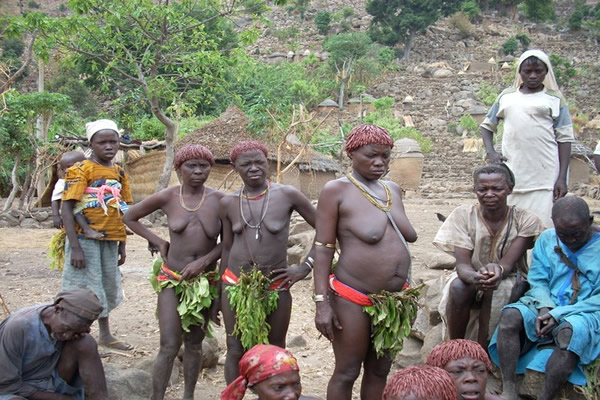
Writers have often described the hill settlements as a big animal farm because the people co-habit with animals, sharing food and drinking water sources.Worthy of note are the beautiful hanging mountainous sceneries over looking one another with valleys that combine to regulate the weather condition of the area. Koma hill is a serene hideout blessed with natural and beautiful topography and lively inhabitants who are accommodating but do things their own way.
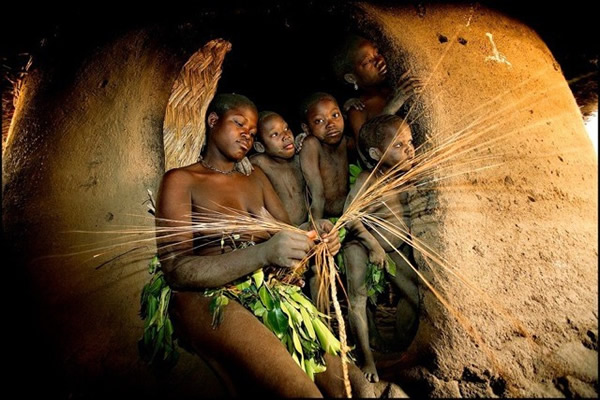
There are about 36 settlements on the mountain top led by different clan heads or chiefs. Amazingly, too, the 36 settlements or clans have different languages but with similar dialects. They also have cultural variations.The only common or identical thing about them is geography. They all dwell on the mountain and they have similar anthropology due to long historical linkages. While those who accepted modern civilization moved down to the plain land, those who prefer to maintain the Stone Age life style remain in their cave-like settlements on the mountains and are still naked.
Each clan is governed by the clan leader or clan head, but once in a while they hold meeting with the agent of the government who is the district head. At such meetings they speak Fulfude and those who do not understand Fufulde contribute through an interpreter. Each time they come down for the meetings or markets in Nasarawo Koma, they wear leafs and animal skins covering only their vital parts.
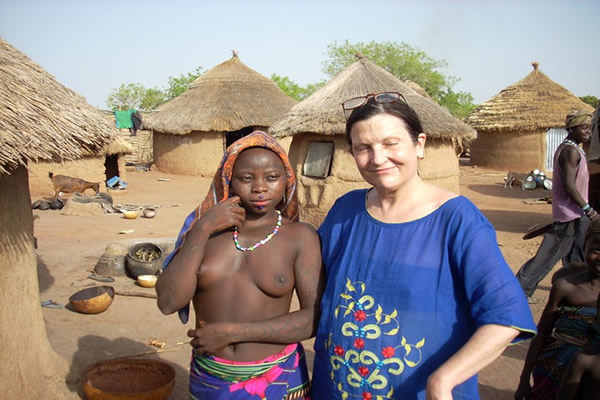
The Koma people, according to findings, have respect for their chiefs, elders and the government agents, but would never trade their beliefs, culture and tradition for anything, not even money, but they are cut-off from the rest of the Nigerian societies in terms of modern civilization.“(One-quarter century) after this jaw-dropping story first hit the limelight, the people of Koma are still floundering in their ‘Dark Age.’ The Nigeria Television Authority continued that one “cold fact is that the Koma people are yet to be weaned of some of the primitive ways. There still exists a defiant few among this mountain-dwelling tribe who strut around naked or near-naked in broad daylight. Others even go to farm or come to their markets in their state of semi-nudity.”
The Koma people became recognized as Nigerians in 1961, a year after independence, along with the old provinces of northern Cameroun. Today Koma is part of the seven districts of Ganye local Government in Adamawa State..
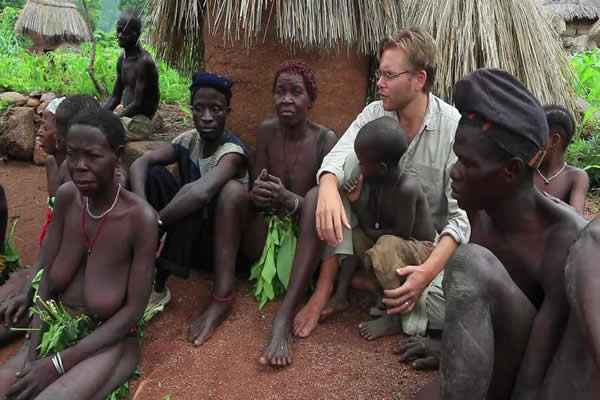
Some International NGO`s such as Middle Africa are closely working with the Koma communities and the Kingdom of Wangay so that the region preserves in natural beauty and its cultural diversity. Anthropologists and Human Right Activists who believe that responsible tourism can help preserve the Koma culture and ameliorate their daily lives must get involved so that the Alantika Mountains and Faro valley do not suffer the negative effects of massive tourism like it has happened in other tribal regions of the world….
Koma hills have become a centre of attraction for soul winners as evangelical churches within and outside the country now scramble for the souls of these people to win them “for the Lord”. These missionaries are behind the little development in the area. They built faith based schools, sunk boreholes for the people and supplied clothing for them, all in a bid to draw them closer and catch them for God.Muslim organizations are not left out in the soul wining strategies, as Islamic organizations have their camps in Koma where they work hard to convert as many as possible.
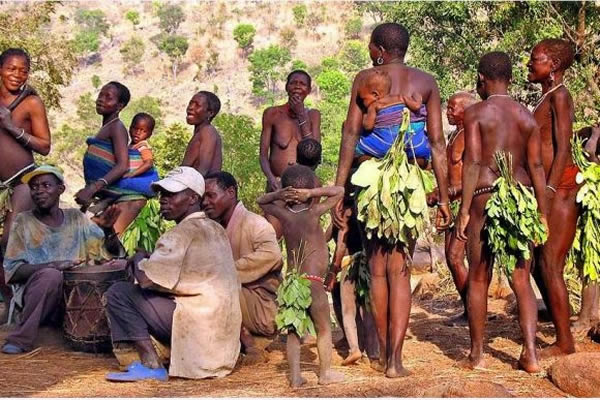
The missionaries have made tremendous impact in the Koma land. Those in Tantile, Mani, Jalingo and Nasarawo new settlements have the opportunity of watching modern programmes on television and films provided by missionaries who assemble them at regular intervals to watch programmes after which they preached the gospel with them.More and more churches are springing up at the new Koma settlement while evangelists go to the hill top settlements once in a while to preach to them. It was gathered that on market days, the hill dwellers come down to the market to make some purchases and go back to their base.
Marriage
Among the Koma people, betrothal and marriage can only occur after passing the puberty ritual. This ritual is a village rite. It occurs after the harvest season for boys and girls between the age of 11 and 14. It is also under the charge of the Kene-Mari.
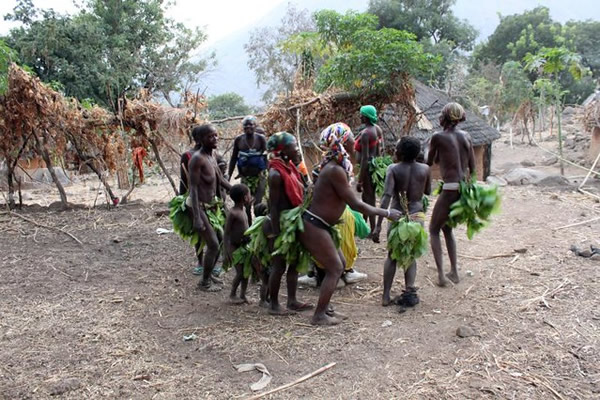
The ritual for boys is male circumcision. During the ritual, a boy will stand in front of a selected male crowd. He will use a metal sickle to hold his head and neck uprightly while a Kene-Mari openly circumcises him. While doing this, the boy and his family must not show signs of fear.
If the boy shouts, he shames his family. That is not all. He will most likely not find a spouse in the village. However,if he does not, he becomes a symbol of pride to his family. He can then go on to adorn men’s ceremonial clothes.
The same process goes for the female. They are made to show their lack of fear during the removal of the upper incisors. The triumphant candidate will also decorate herself as the older women do.
After passing the puberty ritual test, the boys and girls can freely interact. They can then go forward and make their marriage decision known to their parents and pay the associated gifts.
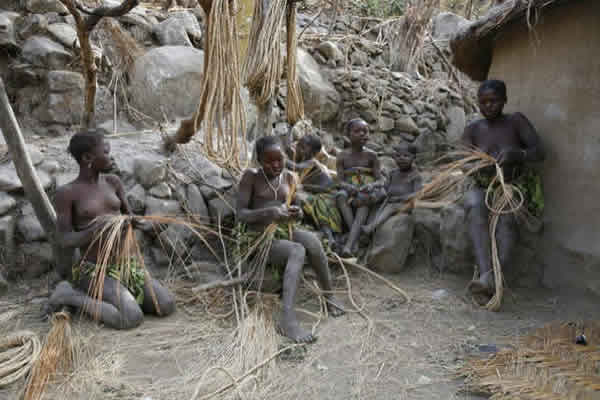
Inheritance
When a Koma man dies, all his fixed properties and estatesgo to his eldest living brother. The brother will also be in charge of the deceased’s wives and children.
However, the woman is in no obligation to marry him. She can remarry. If she remarries, the deceased children belong to the new husband.
Properties such as bows and arrows belong to the first male born of the deceased.
With women, inheritance is by the maternal lineage. When a Koma woman dies, only her daughters can and will inherit her proprieties. This includes fixed properties, such as farms, livestock, hoes, and body decorations.
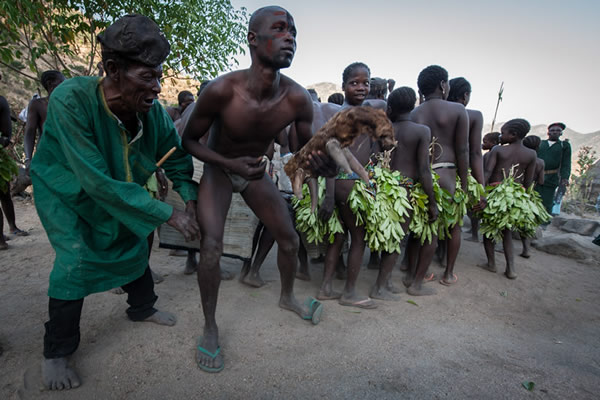
Killing of Twins
Among the Koma people, twins are considered abominable. This is because they see a correlation between evil and twins. The same is said about babies of multiple births.To avert such evil, they bury the twins alive with the women unlucky to have them.
Presently, the killing of twins by Koma people has significantly reduced. On the one hand, we can attribute it to the arrival of Christianity and Islam. On the other hand, due to enlightenment, Koma people living in the low lands no longer practice it.
However,there is a high chance of twins and their mothers being buried alive among the hill dwellers. This is because they are committed to their traditional culture.
Emergency Number: 112
Banks in Adamawa
Brief History of Adamawa
Business and Economy
General and Teaching Hospitals
Hotels and Guest Houses
Adamawa State Ministries Agencies and Parastatals
Police Stations
Popular Markets
Restaurants, Bars, Night Clubs
Shopping Malls
Traditional Rulers
FESTIVALS and CARNIVALS
Festivals in Adamawa State
Kwete Cultural Festival
Njuwa Fishing Festival
Phuki Festival
Vunon Cultural Festival
TOURIST ATTARCTIONS
Koma Hills
Mandara Mountains
Lamurde Hot Spring
Sukur Cultural Landscape
TRADITIONAL RULERS
Lamido Adamawa




